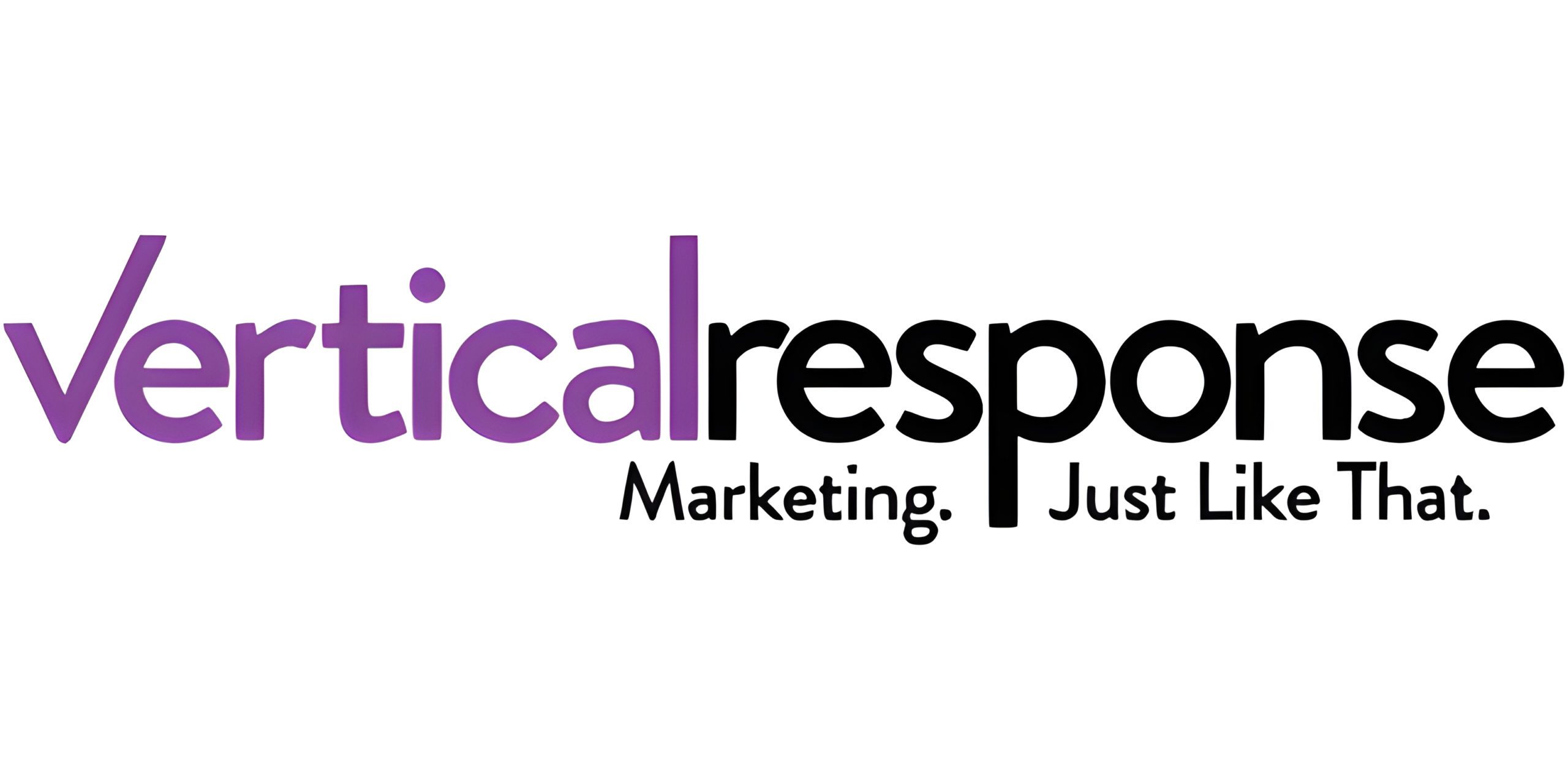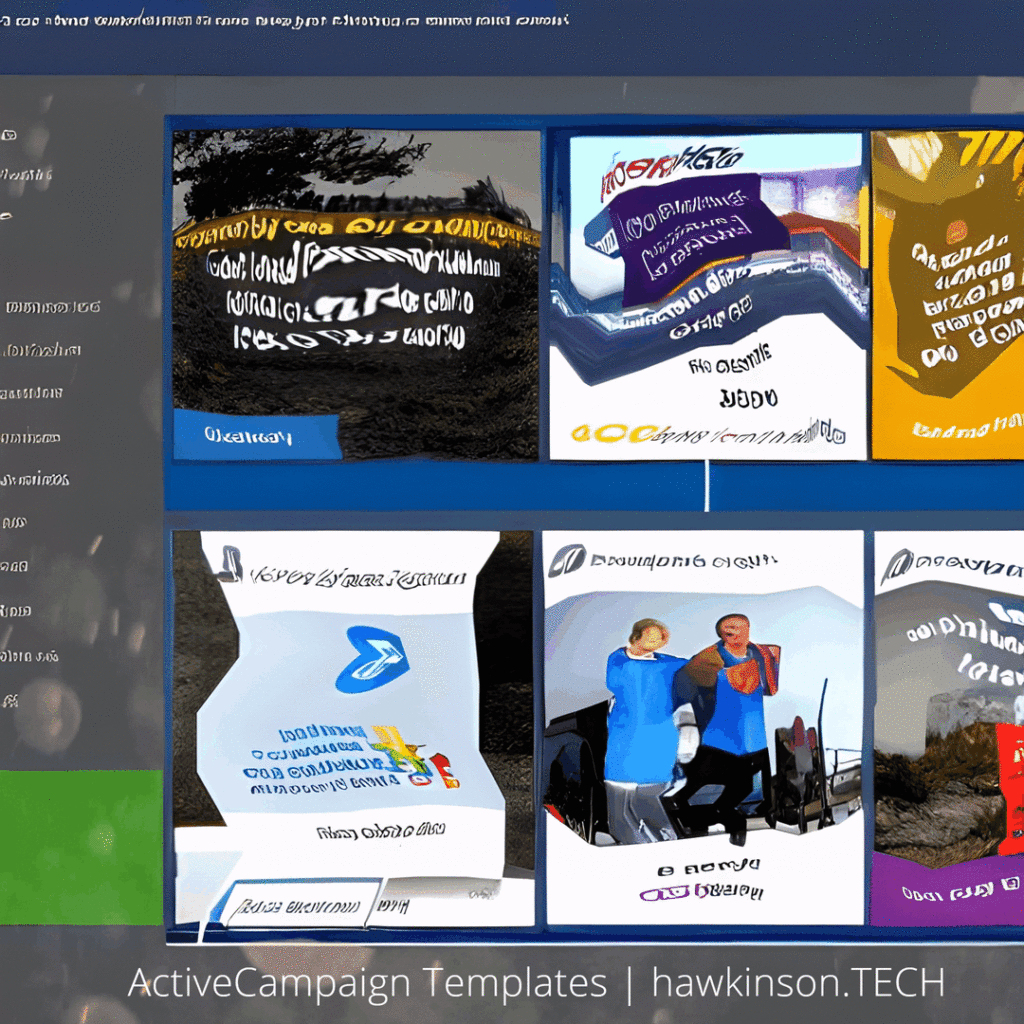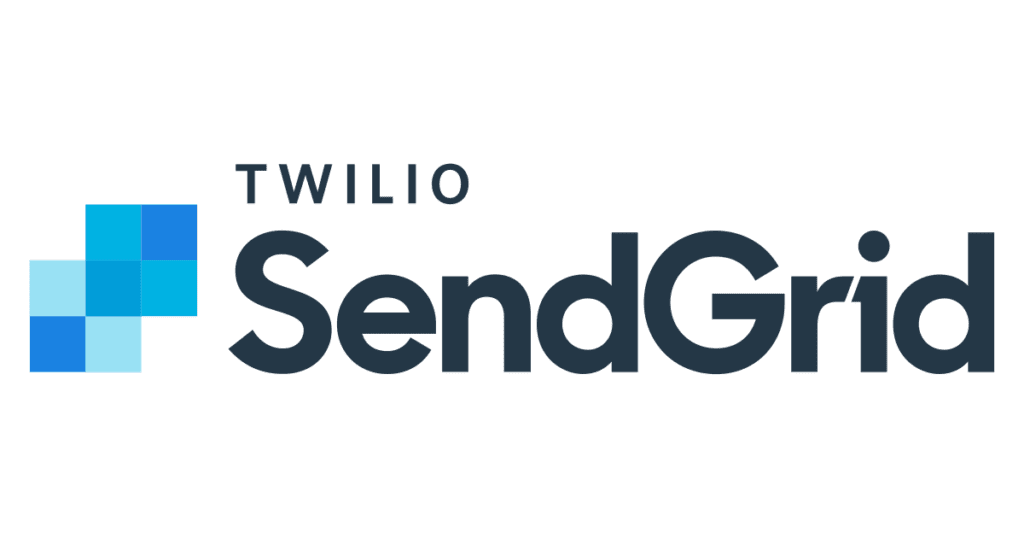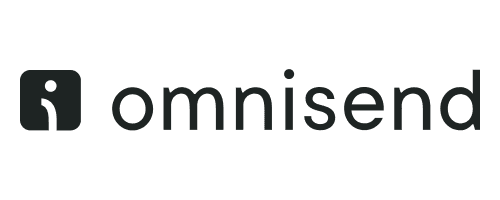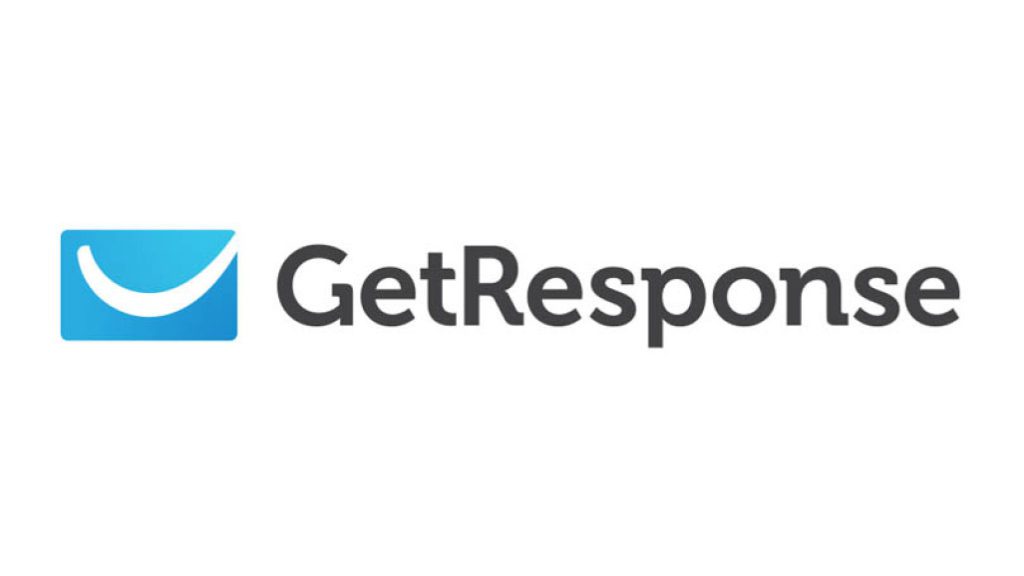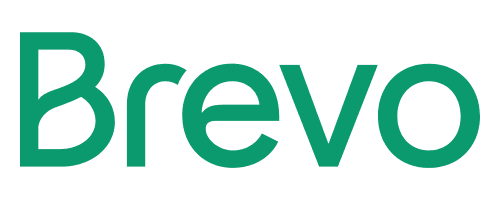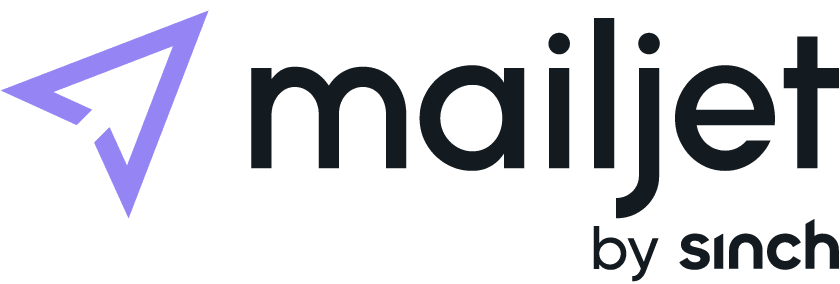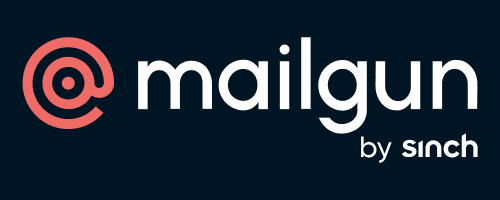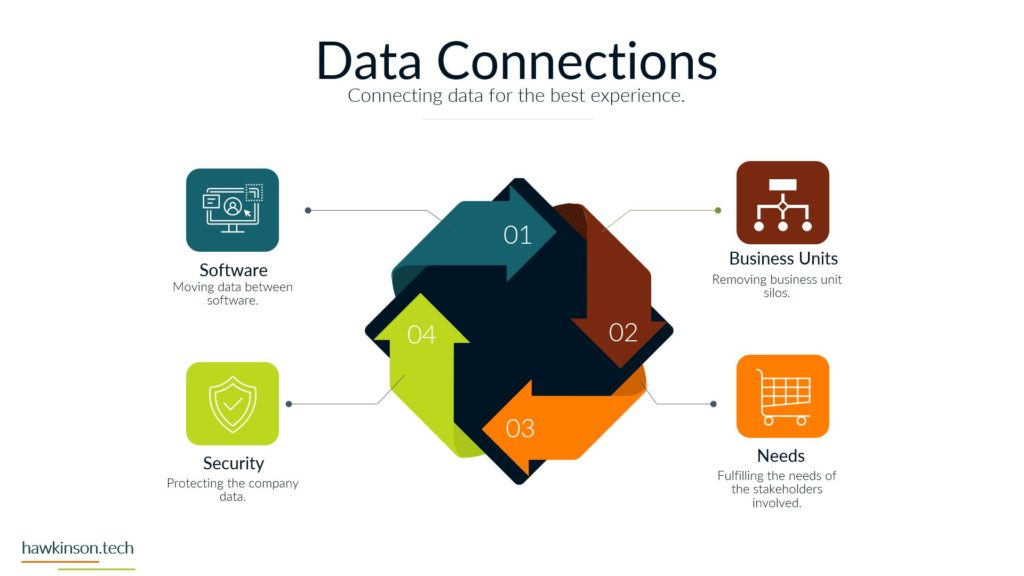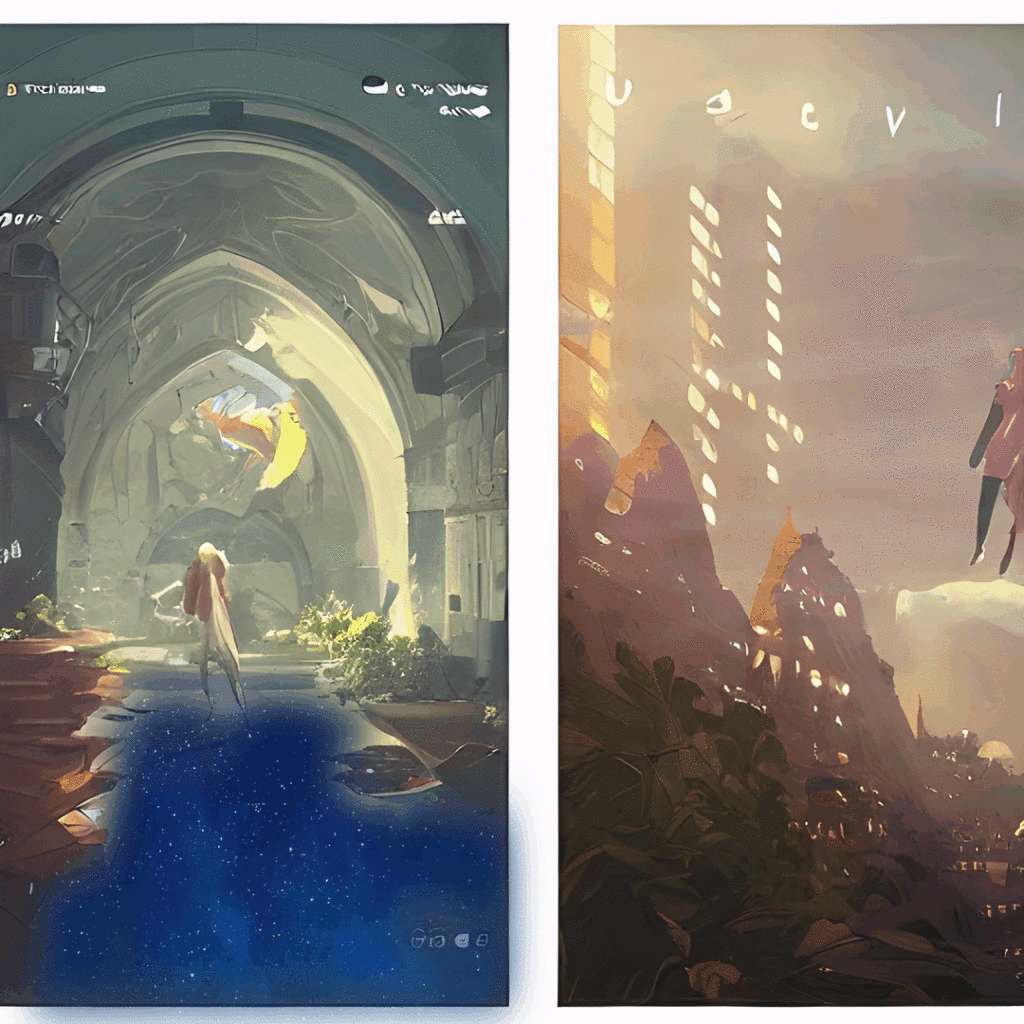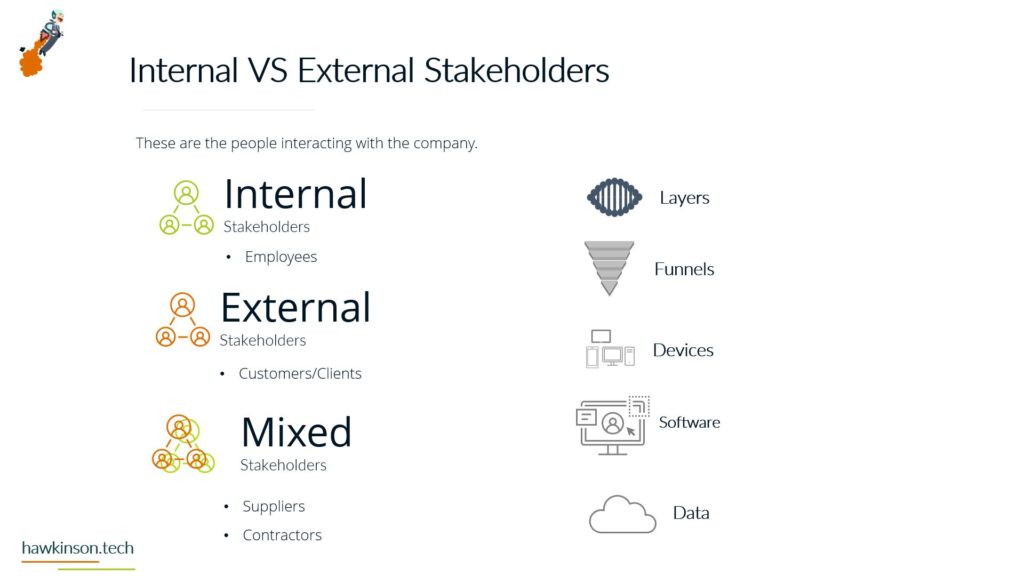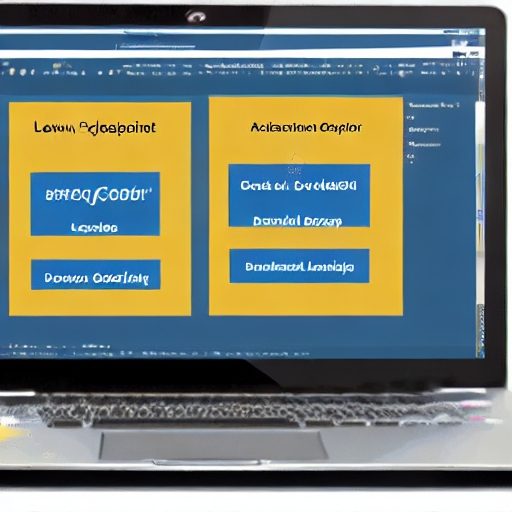Supercharge Your Marketing with Vertical Response – The Ultimate Email Marketing Solution
Unleash the Power of Email Marketing Automation
Transform Your Marketing Strategy with Vertical Response
Discover the secret to unlocking the true potential of your marketing efforts with Vertical Response, the ultimate email marketing solution. Harnessing the power of automation, Vertical Response revolutionizes how you engage with your audience and drive exceptional results for your business.
Effortlessly Reach and Connect with Your Customers
With Vertical Response, you can effortlessly reach your customers’ inboxes with personalized and targeted email campaigns. Craft compelling messages that speak directly to their needs, desires, and pain points. Segment your audience based on demographics, interests, or past interactions to ensure that your emails deliver maximum impact. Whether promoting a new product, announcing a sale, or nurturing customer relationships, Vertical Response enables you to connect with your audience on a deeper level.
Save Time and Boost Efficiency with Automation
Say goodbye to manual, time-consuming tasks and let automation do the heavy lifting. Vertical Response empowers you to automate email marketing campaigns, from welcome emails to drip campaigns. Set up triggers based on specific actions or time intervals, and let Vertical Response work its magic. Automating repetitive tasks allows you to focus on what truly matters – building valuable customer relationships and growing your business.
Captivate Your Audience with Stunning Email Designs
Create Eye-Catching Email Campaigns
Stand out from the crowd and captivate your audience with stunning email designs powered by Vertical Response. Our intuitive drag-and-drop editor makes it easy for you to create professional and visually appealing emails, even if you don’t have any design experience. Choose from various customizable templates, or start from scratch and let your creativity soar. With Vertical Response, you can create emails that grab attention and convey your brand’s unique personality and message.
Optimize Your Campaigns with A/B Testing
Don’t settle for guesswork when it comes to optimizing your email campaigns. Vertical Response offers A/B testing capabilities that allow you to experiment with different subject lines, content variations, and call-to-action buttons. By testing and analyzing the performance of other elements, you can make data-driven decisions and refine your campaigns to achieve maximum engagement and conversion rates. Take your email marketing to the next level with actionable insights provided by Vertical Response.
Measure, Analyze, and Optimize for Success
Unlock Valuable Insights with Robust Analytics
Track the success of your email campaigns and gain valuable insights into your audience’s behavior with Vertical Response’s robust analytics. Monitor key metrics such as open rates, click-through rates, and conversions to understand your campaigns’ performance. Dive deeper into the data and uncover trends, preferences, and opportunities for improvement. With these insights, you can continuously refine and optimize your email marketing strategy to drive more tremendous success.
Turn Potential Buyers into Loyal Customers
Vertical Response empowers you to build lasting customer relationships by delivering relevant and timely emails. From the first point of contact to post-purchase follow-ups, you can nurture your customers every step of the way. By providing valuable content, personalized offers, and exceptional customer experiences, you can turn potential buyers into loyal brand advocates who keep returning for more.
